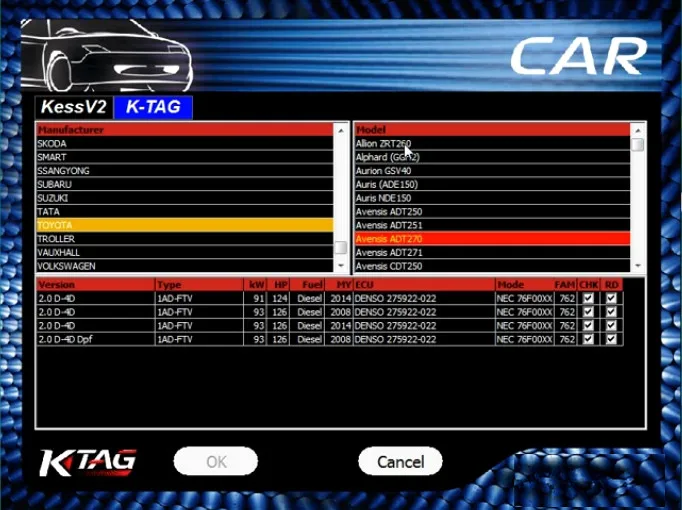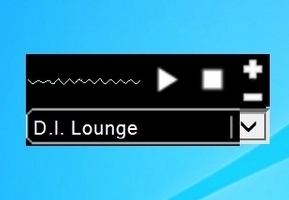
- #MINIRADIO GADGET WIN 8 HOW TO#
- #MINIRADIO GADGET WIN 8 INSTALL#
- #MINIRADIO GADGET WIN 8 FULL#
- #MINIRADIO GADGET WIN 8 SOFTWARE#
- #MINIRADIO GADGET WIN 8 PLUS#
The person-specific trigger is a great aspect of HomeKit, one that most other hubs don’t offer, and it makes sensors much more useful in multiperson homes. For example, you might have the shades lower only if it’s after sunset, or you might personalize which lights turn on based on who arrives home and when (which your HomeKit system detects based on the presence of their smartphone). You can also tailor those actions to the time of day and who is at home.

#MINIRADIO GADGET WIN 8 HOW TO#
Once you’ve set up sensors in your home, you can use the Home app (preinstalled on all iPhones and iPads) to create Scenes and Automations that then use those sensors to tell your home how to react to motion and activity (HomeKit doesn’t offer temperature as a trigger but you can use a free third-party app, such as the one from Eve to set this up). (For more info on how to set up devices with HomeKit, check out “ How to Build an Apple-Based Smart Home System With the Best HomeKit Devices.”) Although you technically don’t need a hub to use HomeKit devices, you do need one if you want to use Automations and have them continue to work when you’re not at home.
#MINIRADIO GADGET WIN 8 FULL#
To pair your sensors with HomeKit, you’ll need an iPhone updated to iOS 10 or later, or a Mac running Mojave or later, and a HomePod, HomePod Mini, Apple TV (tvOS 11 or later), or an iPad (iOS 11 or later) to act as a home hub (for more details, see the full list of requirements). In addition to discussing sensors that work with smart-home platforms, we included in this guide a few sensors that work with their own app, as well as some that work with multiple platforms, so you don’t have to be locked into just one. The choice of smart platform is up to you, however if you already use an Amazon Alexa device or an Apple HomePod speaker, you might consider sticking with the platform they support. They also let you configure your sensors to trigger other devices, using what are called Routines, Scenes, and Automations. (The most popular platforms include Amazon Alexa, Apple HomeKit, Google Home, and Samsung SmartThings IFTTT is another service that allows you to automate devices from different companies, which we explain in This App Turns Any Smart Device Into a Multitasker.) These platforms are great because they allow you to consolidate the controls of all (or most of) your smart devices into a single app, and they also bring perks like voice control when used with smartphones, smart speakers, smart displays, and tablets.
#MINIRADIO GADGET WIN 8 SOFTWARE#
Sensors need to be set up using a smartphone app, and there are several software ecosystems-often called platforms-you can use with them that in turn are compatible with a whole bunch of devices made by a whole bunch of different companies.

#MINIRADIO GADGET WIN 8 PLUS#
Those systems, often called “platforms,” are controlled by their own app and are important because they let you connect your smart sensors with other smart devices, and then customize how they all work together.īelow you’ll find our favorite picks, plus a few good alternatives, for the three major types of smart sensors: motion, temperature, and contact. “To get a smart home, you need sensors,” said Mitch Klein, executive director of the smart-home technology group Z-Wave Alliance.įor this guide we tested a few dozen smart sensors that are compatible with three of the most popular DIY smart-home systems: Amazon Alexa, Apple HomeKit, and Samsung SmartThings (Google Home, while popular, has yet to offer meaningful support for smart sensors). And a temperature sensor in a child’s room (or a chicken coop) can alert you if it gets too hot, cold, humid, or dry, and if you like, even have it adjust a fan or the thermostat automatically.

A contact sensor on an exterior door might be used to alert you whenever an Airbnb tenant arrives, or perhaps if the back door has been left open at night. If you want to take it to the next level, you might program it so in the morning it tweaks the thermostat, and then starts playing music when you come downstairs.
#MINIRADIO GADGET WIN 8 INSTALL#
You might install a motion sensor at the top of a stairway and then, using an app, instruct it to turn on a light downstairs whenever someone walks by at night. Install one and you might solve a single problem-add a bunch and you’re on your way to having a home that runs on autopilot. Some detect just one activity, while others are multitaskers. Then they tell other smart devices how to react-smart lights, plugs, speakers, thermostats, and so on-all in an instant, and without requiring any direct commands or effort from you. When placed around a living space, these low-profile wireless devices are able to detect specific activities, like movement, temperature, or the opening or closing of a door.


 0 kommentar(er)
0 kommentar(er)
